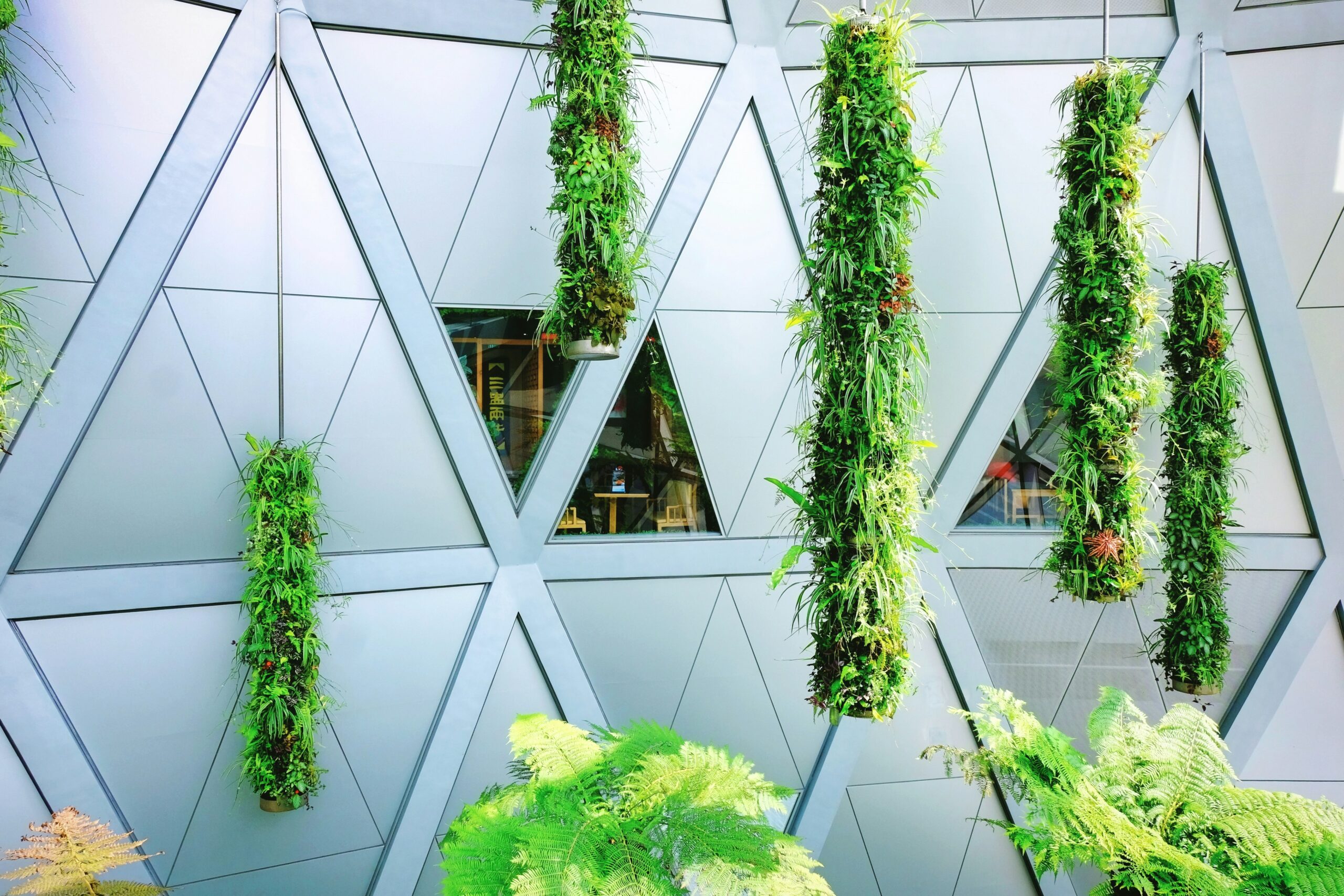
Sustainable construction is transforming the way we build. It focuses on creating structures that use fewer resources, produce less waste, and last longer. This approach benefits the planet and improves people’s lives. This blog will explore sustainable construction, why it matters, and how it shapes a greener future.
What Is Sustainable Construction?
Sustainable construction is the practice of designing and building in an environmentally responsible way. It involves using materials, methods, and technologies that minimize environmental harm. This includes:
- Using renewable or recycled materials.
- Reducing energy and water consumption.
- Lowering greenhouse gas emissions.
- Designing buildings for long-term efficiency and resilience.
The goal is to balance today’s needs with future generations’ ability to meet theirs.
Why Sustainable Construction Matters
The construction industry is one of the most significant contributors to environmental problems. It consumes vast amounts of raw materials, energy, and water and produces a large portion of global carbon emissions.
If we keep building the same way, we risk depleting resources and worsening climate change. Sustainable construction helps break this cycle. Reducing waste and pollution supports healthier communities and a healthier planet.
Key Principles of Sustainable Construction
1. Energy Efficiency
Buildings consume around 40% of global energy. Sustainable construction aims to cut this dramatically. Strategies include:
- Installing energy-efficient lighting and appliances.
- Using advanced insulation and double-glazed windows.
- Incorporating renewable energy sources like solar panels or wind turbines.
2. Responsible Material Use
Materials have a significant environmental impact. Sustainable construction prioritizes:
- Recycled steel, reclaimed wood, and bamboo.
- Locally sourced materials to reduce transport emissions.
- Low-VOC (volatile organic compound) paints and finishes to improve indoor air quality.
3. Water Conservation
Freshwater is a limited resource. Buildings can save water by:
- Installing low-flow faucets and toilets.
- Harvesting rainwater for landscaping or flushing systems.
- Using drought-resistant plants in outdoor areas.
4. Waste Reduction
Construction often generates vast amounts of waste. Sustainable projects:
- Reuse materials wherever possible.
- Recycle construction debris.
- Design for deconstruction so materials can be recovered in the future.
Technologies Driving Sustainable Construction
Innovation plays a huge role in building a greener world. Some cutting-edge technologies include:
- Green Roofs: Roofs covered with vegetation help insulate buildings and reduce stormwater runoff.
- 3D Printing: Allows for precise material use and less waste.
- Smart Building Systems: Automate lighting, heating, and cooling for optimal energy use.
- Sustainable Concrete Alternatives: Using materials like fly ash or slag to reduce the carbon footprint of concrete.
Benefits of Sustainable Construction
1. Environmental Benefits
- Reduces greenhouse gas emissions.
- Conserves natural resources.
- Lowers pollution levels in air and water.
2. Economic Benefits
- Cuts long-term energy and water bills.
- Increases property value due to green certifications.
- Reduces maintenance costs through durable design.
3. Social Benefits
- Improves health with cleaner air and natural lighting.
- Creates comfortable, productive spaces for occupants.
- Supports local economies through sustainable sourcing.
Challenges in Sustainable Construction
While the benefits are clear, there are still hurdles to overcome:
- Higher Initial Costs: Green technologies and materials can be more expensive upfront.
- Lack of Awareness: Some developers and clients are unaware of the long-term advantages.
- Limited Supply Chains: Sustainable materials may not always be readily available.
- Regulatory Barriers: Not all regions have supportive policies or incentives.
Real-World Examples of Sustainable Construction
The Bullitt Center, Seattle
Known as the “greenest commercial building in the world,” it features:
- Net-zero energy use.
- Rainwater harvesting.
- Composting toilets.
Bosco Verticale, Milan
Two residential towers are covered in over 900 trees and 20,000 plants. They improve air quality, reduce heat, and support biodiversity.
One Central Park, Sydney
A high-rise with vertical gardens and a heliostat system to reflect sunlight into shaded areas.
These examples prove that sustainable construction is not just a concept—it’s a reality shaping skylines.
Steps to Adopt Sustainable Construction Practices
If you’re in construction or planning a project, here’s how to start:
Track Performance: Use energy monitoring tools to ensure efficiency targets are met.
Plan Early: Sustainability should be part of the design phase, not an afterthought.
Choose Certified Materials: Look for certifications like FSC (Forest Stewardship Council) or Cradle to Cradle.
Work with Green Experts: Hire architects and contractors with experience in sustainable projects.
Incorporate Renewable Energy: Consider solar, wind, or geothermal systems.
The Future of Sustainable Construction
The demand for green buildings is growing fast. Governments are introducing stricter environmental regulations, and consumers are seeking healthier and more efficient spaces.
Emerging trends include:
- Net-Zero Buildings: Structures that produce as much energy as they consume.
- Circular Construction: Designing buildings so materials can be reused at the end of their life cycle.
- Biophilic Design: Bringing nature indoors to improve well-being.
With innovation and commitment, sustainable construction will become the industry standard rather than the exception.
Sustainable construction is more than a trend. It’s a necessity for a healthy planet and thriving communities. We can build a greener future by focusing on energy efficiency, responsible materials, and innovative design.
The change starts with the choices we make today. Whether you’re a builder, architect, or homeowner, every decision toward sustainability makes a difference.